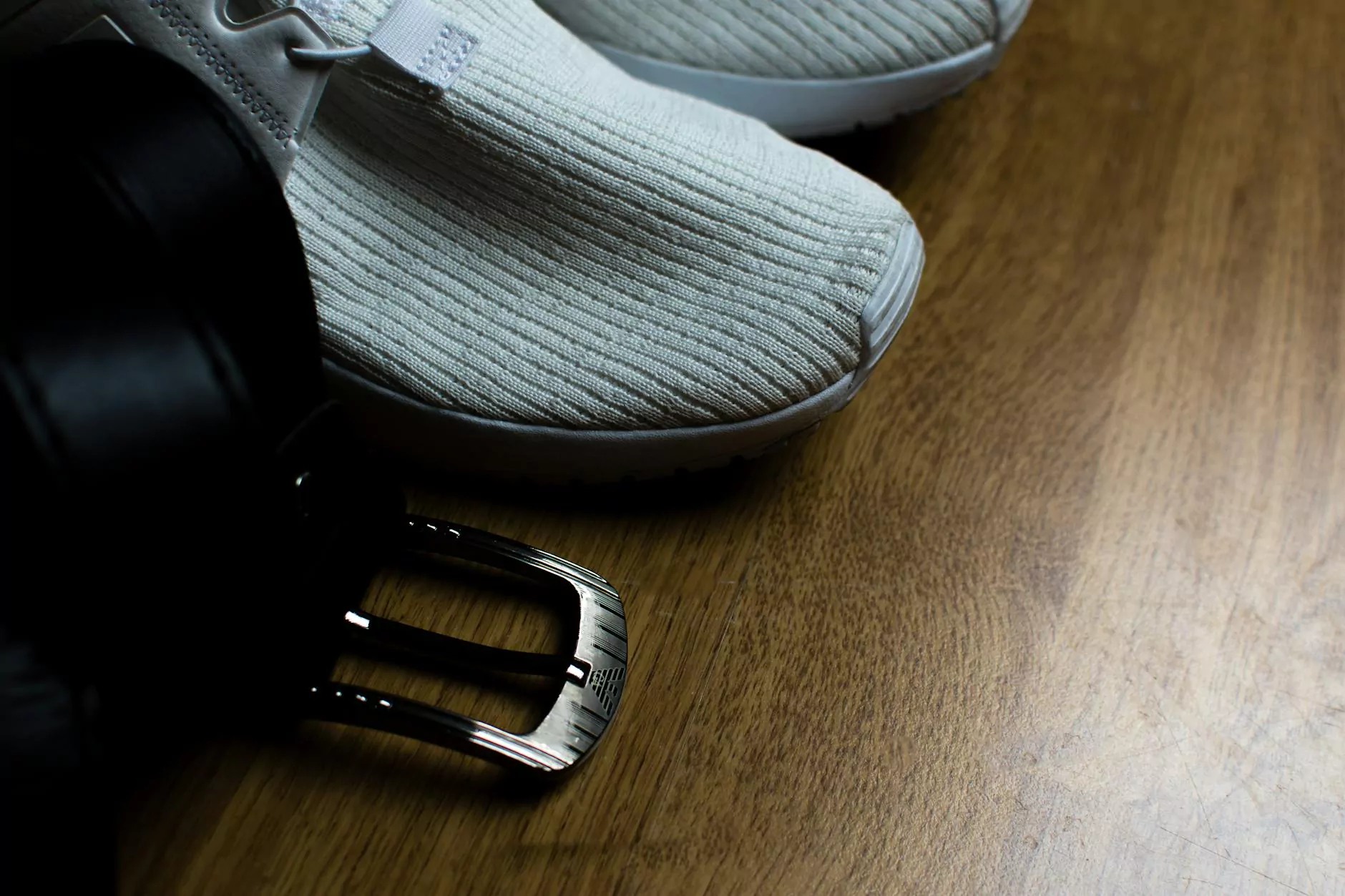How to Make Multi Color 3D Prints: The Ultimate Guide for Creative 3D Printing

In the rapidly evolving world of 3D printing, the ability to produce vibrant, multi-colored models has transformed design possibilities, prototyping, and artistic expression. If you’re looking to elevate your 3D printing projects by incorporating multiple colors seamlessly, this comprehensive guide is your definitive resource. We will explore various methodologies, tools, and best practices for achieving stunning, multi-colored 3D prints, ensuring your creations stand out and unlock new dimensions of creativity.
Understanding the Fundamentals of Multi Color 3D Printing
Before diving into complex techniques, it’s crucial to understand the foundational principles behind multi-color 3D printing. The primary challenge involves how to incorporate different colors within a single, cohesive print without sacrificing precision or quality. There are several core approaches, each suited to specific needs, budgets, and levels of expertise.
Core Methods for Achieving Multi Color 3D Prints
- Filament Swapping/Color Changing: Manually changing filament during the print to create sections of different colors.
- Multi-Color 3D Printing with Multi-Extruder Machines: Using advanced printers equipped with multiple extruders that can deposit different colors simultaneously.
- Single Extruder with Color Mixing/Gradients: Employing specialized filaments or software-driven techniques to blend colors smoothly within a print.
- Post-Processing Color Techniques: Painting, dyeing, or using other finishing techniques after printing to add colors.
Techniques to Make Multi Color 3D Prints: Step-by-Step Strategies
1. Manual Filament Swapping: The Traditional Approach
Filament swapping involves pausing the print at specific layers to manually change filament colors. This technique is accessible with basic 3D printers and ideal for beginners or projects with a limited number of color sections.
Steps to Execute Filament Swapping
- Plan Your Print: Use slicing software to identify where each color change should occur, often by inserting pause commands at specific layers.
- Prepare Multiple Filaments: Load all desired filament colors into your printer, ensuring compatibility and proper storage.
- Configure the Printer: Use your slicer (Cura, PrusaSlicer, Simplify3D) to add custom commands for pausing before specific layers.
- Print and Pause: During the print, the machine will pause at designated layers, allowing you to replace the filament manually.
- Resume Printing: After replacing the filament, resume the print and let it continue seamlessly.
This technique provides high control over color placement but requires careful planning and patience, especially for complex multi-color models.
2. Multi-Extruder 3D Printers: Professional and Fast Multi-Color Production
For consistent, high-quality multi-color prints, multi-extruder 3D printers are game-changers. These machines have multiple nozzles, each loaded with different filaments, allowing for simultaneous deposition of multiple colors. This method is ideal for industrial, commercial, or high-end hobbyist applications.
Advantages of Multi-Extruder Systems
- Speed: Multiple nozzles print different colors at the same time, reducing overall print times.
- Precision: Clean, sharp transitions between colors with minimal manual intervention.
- Design Flexibility: Capable of complex color patterns, including gradients and intricate designs.
Essential Tips for Using Multi-Extruder Printers
- Calibration: Regularly calibrate each extruder to ensure alignment and consistent extrusion.
- Color Management: Use compatible filaments and plan your color palette appropriately.
- Software Compatibility: Opt for slicers that support multi-material or multi-extruder configurations, such as Ultimaker Cura or PrusaSlicer.
- Bed Adhesion: Ensure your build surface accommodates multi-filament use to prevent warping or shifting.
Advanced Techniques for Making Multi Color 3D Prints
3. Using Water Soluble or Gradient Filaments
Innovative filament options like water-soluble filaments (e.g., PVA) and gradient filaments allow for dynamic color effects without changing filaments physically. These materials enable seamless color blending and complex color transition effects, perfect for artistic and intricate designs.
Gradient Filaments
- Pre-colored filaments with gradual color transitions.
- Add depth and visual interest without manual color swapping.
Water Soluble Support Materials
- Allows complex multi-material prints, including different colors for different parts of the model.
- Supports intricate geometries and overhangs requiring multi-material designs.
4. Software Solutions for Multi Color Optimization
Instead of manually managing colors, advanced software can automate parts of the process. Programs like Blender, Meshmixer, or dedicated slicing tools provide features for generating multi-color patterns, gradients, and even embedded color data.
- Color Mapping and Texture Mapping: Assign colors directly to specific model sections or textures.
- Layer-by-Layer Color Control: Fine-tune color changes within each layer for artistic effects.
- Simulation and Preview: Visualize how colors blend or transition before printing, saving time and resources.
Practical Tips for Achieving Successful Multi Color 3D Prints
Material Selection
- Choose compatible filaments that adhere well and have similar melting points for seamless color transitions.
- Opt for high-quality, vibrant filaments to maximize color brightness and durability.
Slicer Settings Optimization
- Adjust layer height appropriately—smaller layers can improve color transition quality.
- Use proper retraction settings to prevent stringing during filament changes.
- Create custom support structures to prevent damage to color interfaces.
Post-Processing for Enhanced Colors
Post-processing techniques like painting, dyeing, or applying surface finishes can further enhance and refine your multi-colored models, providing additional vibrancy and details not achievable through filament alone.
Why Embracing Multi Color 3D Printing Boosts Your Business
Adopting multi-color 3D printing technologies opens up a broad spectrum of commercial opportunities, including:
- Customized Products: Offer personalized, vibrant prototypes, and consumer products that stand out in the market.
- Art and Design Services: Create detailed artworks, sculptures, and decorative items with visually striking color combinations.
- Educational Tools: Develop engaging, multi-colored educational models and tools that enhance learning experiences.
- Rapid Prototyping: Quickly visualize complex multi-material designs with precise color branding and differentiation.
Overall, mastering the techniques on how to make multi color 3d prints can dramatically expand your creative and commercial potential, giving your business an edge over competitors still limited to monochrome prints.
Conclusion: Unlocking Limitless Creative Possibilities in 3D Printing
Whether you choose manual filament swapping, invest in advanced multi-extruder machinery, or utilize innovative filament and software solutions, the possibilities for how to make multi color 3d prints are virtually limitless. The key lies in understanding your project requirements, budget, and desired level of complexity to select the most appropriate techniques.
At 3dprintwig.com, we empower you with the knowledge, tools, and resources to push the boundaries of 3D printing. An investment in multi-color strategies not only enhances the aesthetic appeal of your models but also elevates the quality and marketability of your products. Embrace these techniques today and unlock a new world of vibrant, intricate designs that captivate and inspire.









